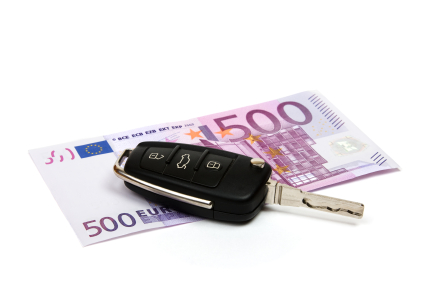Consumer Advice to avoid purchasing a Stolen Vehicle

Consumers are probably already aware of the extensive work vehicle history check expert Cartell.ie has put into highlighting the issue of stolen motor vehicle data. At present in Ireland Gardai do not release this data owing to Data Protection concerns. We have called for its release – in the public interest – for several years now and we will continue to do so.
While stolen vehicle data has not been released there are things you can do to better protect yourself and avoid a scenario in which you purchase a stolen vehicle. Here is the advice from Cartell.ie:
1. You should always verify the Chassis Number (VIN).
The VIN is a 17 digit number composed of numbers and letters which you can find stamped into the chassis of the vehicle. After completing your Cartell check you can verify the VIN in either of two ways: (i) by ringing us on the usual number: Lo-call: 1890 252331; or (ii) by going to the Cartell.ie homepage and clicking “Get a Cartell Check” and then click “report verification” and follow the instructions. Those registered with a trade account will have access to the VIN via their Cartell trade report. You are verifying the VIN to help rule out the possibility that the vehicle is carrying fake registration plates.
Other Info: If in doubt about where to locate the VIN number try an internet search for your make and model asking the question “where does VIN appear for X Make Model”? Remember a VIN never contains the letter “O” – only zeros. Always locate the VIN where it is stamped into the chassis NOT where it is etched on a window or on a sticker. If it looks like the chassis number has been tampered with, e.g. metal shavings or scratches, then you are right to be cautious.
2. Verify the VRC number
The Vehicle Registration Certificate number (VRC) is the official government ownership document for the vehicle. You should always verify the number on this document with Cartell before purchase. You can verify the number using either of the two methods indicated above. Verification of the VRC assists in ruling out a falsified VRC.
3. Verify the ID of the seller
You should ask to see the official ID of the seller, passport or drivers licence. You should compare the photo on the ID to the person you are dealing with – and we never advise transacting with anyone other than the owner. You should also verify the address on the ID with the address on the VRC. You may wish to ask for a utility bill as further proof of address of seller. A private buyer should look to conduct the sale in the sellers home, so the address can be verified, and never in a carpark.
If you follow this three-step process you have reduced your risk and helped avoid buying a stolen vehicle.